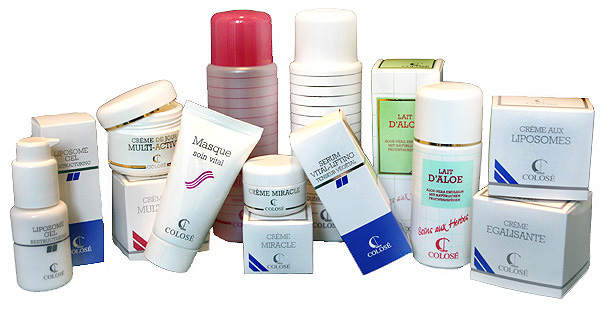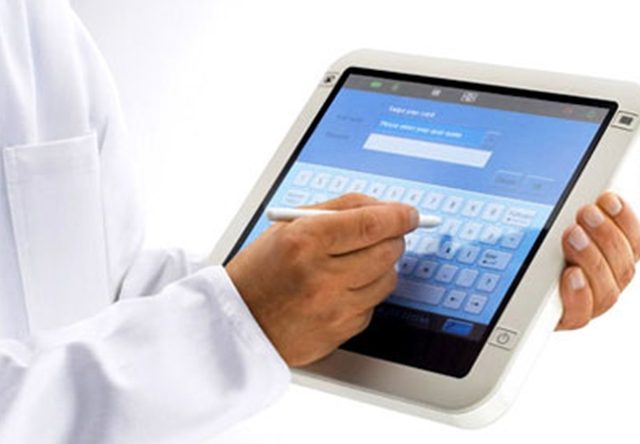 Less than two years ago, analysts were predicting the market for anti-aging products, services and innovations would grow to more than $114 billion, thanks to increasing demand from Boomers and seniors.
Less than two years ago, analysts were predicting the market for anti-aging products, services and innovations would grow to more than $114 billion, thanks to increasing demand from Boomers and seniors.
To uncover part of that demand, we need look no further than Project Looking Glass II. What does skincare have to do with senior services? On the surface, nothing. But in that study, many of our retirement community subjects were still in the workforce and planned to remain there. Apply that mindset nationwide, and you’ve got tens of thousands of potential customers who are still looking to maintain a youthful appearance to remain relevant in the workplace.
The analysts were right and wrong. While the market has indeed grown, it has become saturated, and the category’s main contingent consists of women over 55 who report being confused by the number of products as well as their claims.
The industry has responded (wisely) with a “stage not age” push, launching new products that address skincare beyond the physical signs of aging such as wrinkles, lines and age spots. New innovations include products that address skin needs due to changes in life stage – including hormonal changes. Yes, you read that correctly.
Manufacturers claim that decreased estrogen production associated with menopause or aging can affect the skin’s ability retain moisture or repair itself.
Anti-aging skincare products that address changing skin needs beyond just treating wrinkles may help to bolster category sales. Murad leads the way with its Resurgence® line, targeting consumers going through menopause. Vichy Laboratories collaborated with not only dermatologists, but also obstetricians, gynecologists and psychologists to understand how women’s hormonal changes impact the skin. Finally, Naterra International’s Phase+ line of skincare products is specifically designed to address the effects of diabetes, which tends to cause extremely dry, cracked skin.
It’s an interesting trend. And although it’s currently relegated to the high-end brands, experts are quick to point out that, given the competitive nature of the skincare industry, consumers will eventually see a lot of “me too” mass marketing.
MARKETING INSIGHT: The health and beauty market has always been a bit ahead of the curve, and they were early to realize the spending power of the mature market. Products that create unique positioning while addressing typical consumer concerns, as well as connecting a youthful appearance to workplace success are the opportunities.
Smart mature consumers already agree that lifestyle choices such as diet, sleep and exercise impact aging and its effects. However, products that speak to overall wellness, as opposed to just treating the physical signs of aging, could be winners.
Regards,
The Varsity Team


